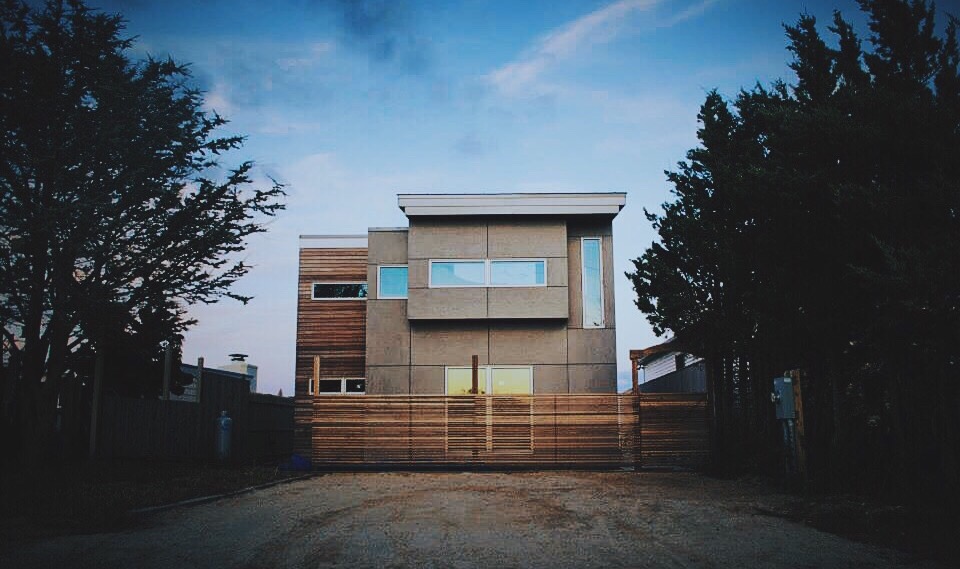Before my little cousin entered the 1st grade, his room house was littered with high powered electronics: from a Wii to a handheld device that operates almost like a mini PC. I’m not sure he owns a toy without batteries or a charger. As a recent college grad, I can’t justifiably complain about feeling old, but I certainly get the inkling of it when you survey how quickly technology has improved and percolated in my lifetime. I wouldn’t be surprised to learn that Happy Meal toys give my blocky Game Boy a run for its money.
Based on this highly unscientific observation, it seems there should be more scrutiny on the prevailing notion that the middle class and poor are stagnating or getting poorer. When you look at cell phones and computers since I entered high school less than a decade ago, it’s not hard to imagine some increase of wealth (the other day on my walk home I saw a man set down his cup that he was rattling for change to send a text message).
It turns out that a recent study by Bruce Meyer of University of Chicago and Jim Sullivan puts some empirical force behind this assessment. They track consumption over the last three decades and find it a far greater assessment of well-being than pre-tax income. These are the two bumper sticker takeaway stats: Over the last three decades, consumption poverty fell by nearly ten percentage points (>75% decline); and that if you properly account for inflation, taxes and noncash benefits median income rose by more than 50 percent.
The specifics flesh out a picture isn’t all that shocking: At the median, square footage has risen by 300 square feet since 1989, with central air rising to 67% from 27% in 1981. Cars are safer, have better features, and families are owning more cars.
The trends for the poor mirrored those of the middle: Square footage rose by over 200 feet since 1989, and central air rose to 54% from 15%. Traditional indicators of poverty, leaking roofs and peeling paint, have sharply declined. The bottom quartile is owning more cars than ever (76%) and the cars are of increasingly better quality.
So what’s it mean?
Frustrations about jobs and the recession that have partially sparked the Occupy Wall Street protests can’t be thrown out the window—but arguments about America’s “Great Regression” since 1980 can. This study is also a handy tool against shallow arguments that try to completely dismiss the 2001 tax cuts or rile up citizens about the dangers of immigration.
And the overarching policy takeaway: economic growth. There’s slight improvement thanks to welfare programs and demographic shifts, but the only true predictor of increased material well-being is economic growth. There’s no question we’ve faced a dip in well-being over the past three years, but taking the trends of the last 30 years as a guide, strategies that encourage growth are of the utmost importance.
Matthew McKillip is a research assistant at American Enterprise Institute. Video from an October 25, 2011 panel discussion at AEI, “Are the Poor and Middle Class Actually Getting Poorer? Reassessing Prosperity Trends Since 1980,” is available here.



